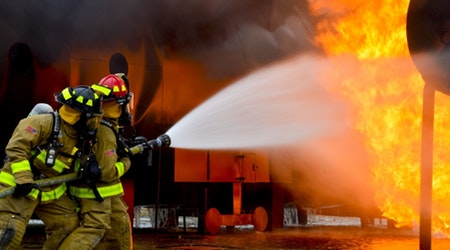Water Conservation
September 30, 2010
I’m Dan Hounsell, editor of Maintenance Solutions magazine. Today's topic is, water conservation and plumbing.
With demands to cut water use growing, maintenance and engineering managers might wonder which areas of facilities to focus on first. Institutional and commercial facilities use vast amounts of water in an array of systems, many of which are inefficient at best, and obsolete at worst.
Using a strategic approach to water management, managers can align facility performance goals and implementation to improve overall water efficiency.
Before performing a plumbing retrofit with the latest water-efficiency technologies, managers need to understand the way a facility performs in terms of water efficiency. The first step in this effort is to establish a baseline for water use, based on current utility bills.
Compile the last five years worth of utility bills, and document water use for each month in a format that enables a comparison from year to year. Set the first year as the baseline. If the facility has implemented water-efficiency measures in the last five years, compare current use against this baseline to measure the facility's improvement.
The next step is to identify all components and systems that use water. This includes documenting restroom plumbing fixtures, as well as major systems considered process loads, such as cooling towers and commercial kitchens.
Sub-meters can help managers quantify the amount of water each system consumes. By installing sub-meters, managers can quantify consumption and specifically target conservation measures.
A good way to start implementing retrofits, especially those dealing with high-efficiency fixtures, is to install these fixtures only in a few restrooms. This tactic will allow managers to see the way occupants and staff react to these changes. It also allows managers to test the product before committing finances to implementing the measure building-wide.
Next
Read next on FacilitiesNet








